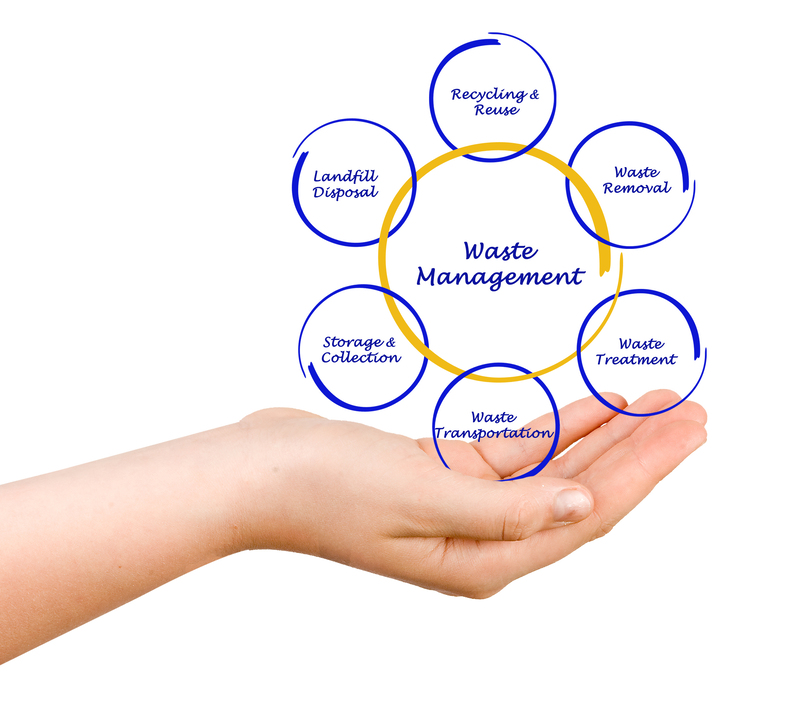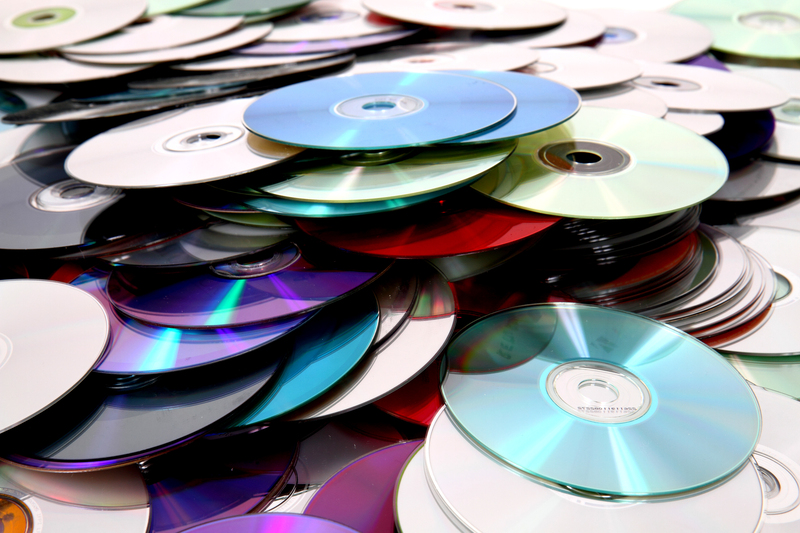Live with Less: Embrace a Minimalism Lifestyle
In today's fast-paced world, many of us are overwhelmed by possessions, bombarded by consumerism, and seeking a sanctuary within our homes. Living with less has become a powerful movement, empowering thousands to reclaim their peace, time, and happiness. If you're curious about letting go of clutter and experiencing the joy of a decluttered and minimalist journey, you're not alone.

Understanding Decluttering and Minimalism
Minimalism is more than just getting rid of things; it's a way of intentionally focusing on what truly matters. The minimalist journey invites you to simplify your life, reduce distractions, and make room for the experiences and people you cherish most.
- Decluttering: Removing unneeded physical or mental items from your life.
- Minimalism: Adopting a lifestyle of prioritizing essentials over excess.
Both concepts go hand-in-hand, creating a framework for living with less and gaining more satisfaction and peace.
Why Choose a Minimalist Lifestyle?
- Reduce Stress: Clutter can overwhelm our senses, which makes it harder to focus and relax.
- Save Money: Buying only what you need means less wasted spending.
- Boost Productivity: Fewer distractions foster deeper work and clearer thought.
- Enhance Wellbeing: An organized space leads to an organized mind.
- Live Sustainably: Minimalism encourages eco-friendly choices and reduces waste.
Decluttering for Beginners: Where to Start?
Embarking on the declutter and minimalism journey may seem daunting at first. Here's a step-by-step guide to get you started on living a life with less:
Step 1: Define Your "Why"
Every minimalist journey is unique. Ask yourself:
- Am I looking to reduce stress?
- Do I want to save time or money?
- Is my living space affecting my mental health?
Identifying your motivation will keep you committed as you make difficult decisions about what stays and what goes.
Step 2: Start Small and Build Momentum
Don't try to tackle your whole house at once. Start with one drawer, shelf, or closet--any small, manageable space. This builds confidence and sets the stage for greater success.
Step 3: Use Effective Decluttering Methods
- Marie Kondo's "Spark Joy" Method: Keep only those items that bring you genuine happiness.
- The Four-Box Technique: Label boxes as Keep, Donate, Discard, and Relocate.
- The 90/90 Rule: If you haven't used it in 90 days and don't anticipate using it in the next 90, let it go.
Minimalism and Sustainable Living
Minimalism, at its core, aligns naturally with sustainability. When you consciously choose to live with less, you reduce consumption, waste, and your carbon footprint. Here's how minimalism promotes eco-friendly living:
- Buy Quality, Not Quantity: Fewer, well-made possessions reduce landfill waste and cost you less over time.
- Donate and Repurpose: Give unused items a second life by donating or finding creative repurposes.
- Mindful Consumption: Being intentional with purchases cuts down on impulse buying and overconsumption.
By decluttering and embracing minimalist practices, you make a positive impact on the planet.
Benefits of Decluttering and Living with Less
Embracing the declutter and minimalism journey can have transformative effects on your life. Here are some of the key advantages of living with less:
- Freedom from Material Possessions: Enjoy the emotional release and increased mobility that comes with owning fewer things.
- More Time and Energy: Less to clean, maintain, and organize allows you to focus on what truly matters.
- Reduced Decision Fatigue: Fewer choices make daily routines and life decisions easier.
- Enhanced Creativity: Minimal spaces inspire greater creativity and focus.
- Improved Relationships: Allocate more time for loved ones and shared experiences, not shopping or cleaning.
Tips for Maintaining a Minimalist Home
Achieving a clutter-free lifestyle takes effort, but maintaining it is an ongoing commitment. Below are practical strategies to preserve your progress as you live with less:
- Regular Reviews: Periodically assess your belongings and remove unused items.
- One In, One Out Rule: For every new item brought in, remove one existing item.
- Mindful Purchases: Ask yourself if you truly need an item before buying.
- Organized Storage: Keep only what fits neatly in your designated spaces.
- Create Functional Zones: Designate places for specific activities to simplify organization.
Minimalism and Mental Health
The declutter and minimalism journey doesn't just improve your living space--it also brings numerous mental health benefits. A tidy, organized environment has been proven to:
- Reduce anxiety and relieve feelings of overwhelm
- Boost mood and increase feelings of control
- Improve sleep quality by eliminating visual clutter
- Encourage mindfulness and present-focused awareness
By committing to living with less, you create space for clarity and calm in both mind and home.
Common Challenges on the Minimalism Journey
- Sentimental Attachments: Parting with beloved objects can be tough. Honor the memory by taking a photo or writing a note to yourself.
- Guilt Over Waste: Donating unwanted items to local charities or selling them online can lessen feelings of wastefulness.
- Fear of Needing Something Again: Trust that with fewer possessions, you'll truly know (and appreciate) what you have.
- Pressure to Consume: Social media and advertising fuel a desire for more. Remember your core reasons for adopting a minimalist lifestyle.
Overcoming Roadblocks
Stay motivated by celebrating small victories, seeking support from friends or online communities, and setting clear, achievable goals. Minimalism isn't about perfection--it's about progress and purposeful living.
Minimalism for Families and Kids
Transitioning your entire household into a clutter-free lifestyle can feel challenging, especially with children in the mix. However, children are quick learners and can thrive with less:
- Involve Kids: Teach children to value experiences over things by involving them in the decluttering process.
- Limit Toy Rotations: Store toys in cycles to keep playtime fresh and clutter minimal.
- Lead by Example: Model mindful consumption and gratitude for what you have.
Families that embark on the minimalist journey often find stronger connections and more meaningful shared experiences.
Decluttering Digital Life: Digital Minimalism
Physical possessions aren't the only source of clutter. Our digital lives are increasingly chaotic--overflowing email inboxes, endless notifications, and towering file folders. Digital minimalism aims to:
- Unsubscribe from unnecessary emails
- Clean up your desktop and documents
- Organize digital photos and backups
- Limit time spent on social media
When you declutter your devices, you gain back time, focus, and digital peace.
Minimalism Beyond the Home
Living with less is a philosophy you can carry outside your home, too. Consider ways to simplify your calendar, your relationships, and even your wardrobe (try a capsule collection!). Some more advanced steps on the minimalist path include:
- Simplifying commitments--say no to events and obligations that don't align with your values.
- Mindful relationships--focus on quality over quantity in friendships and social circles.
- Streamlining routines--remove unnecessary steps or tasks from your day.
By applying minimalist ideals throughout life, you free your energy for the people, places, and passions that matter most.

Resources for the Declutter and Minimalism Journey
If you're inspired to begin (or continue) your minimalist journey, there's a wealth of resources available:
- The Minimalists: Authors and speakers Joshua Fields Millburn and Ryan Nicodemus offer books, documentaries, and podcasts about minimalist living.
- Marie Kondo: Her best-selling books and TV series have helped millions create spaces that "spark joy."
- Becoming Minimalist: Joshua Becker's website is filled with practical tips to simplify every area of life.
- Digital Minimalism by Cal Newport: A deep dive into cultivating a more intentional relationship with technology.
Conclusion: Living the Less-Is-More Philosophy
The declutter and minimalism journey is about living intentionally--choosing quality over quantity, and finding greater meaning with fewer distractions. When you decide to live with less, you aren't giving up comfort or joy; you're making space for the things that truly matter.
Whether you're a seasoned minimalist or just beginning to declutter, remember: every step toward simplicity enriches your life. With fewer possessions, fewer distractions, and less stress, you'll find more time, energy, and freedom to focus on what makes you truly happy.
Start your minimalism journey today--and discover the profound satisfaction of living with less.



